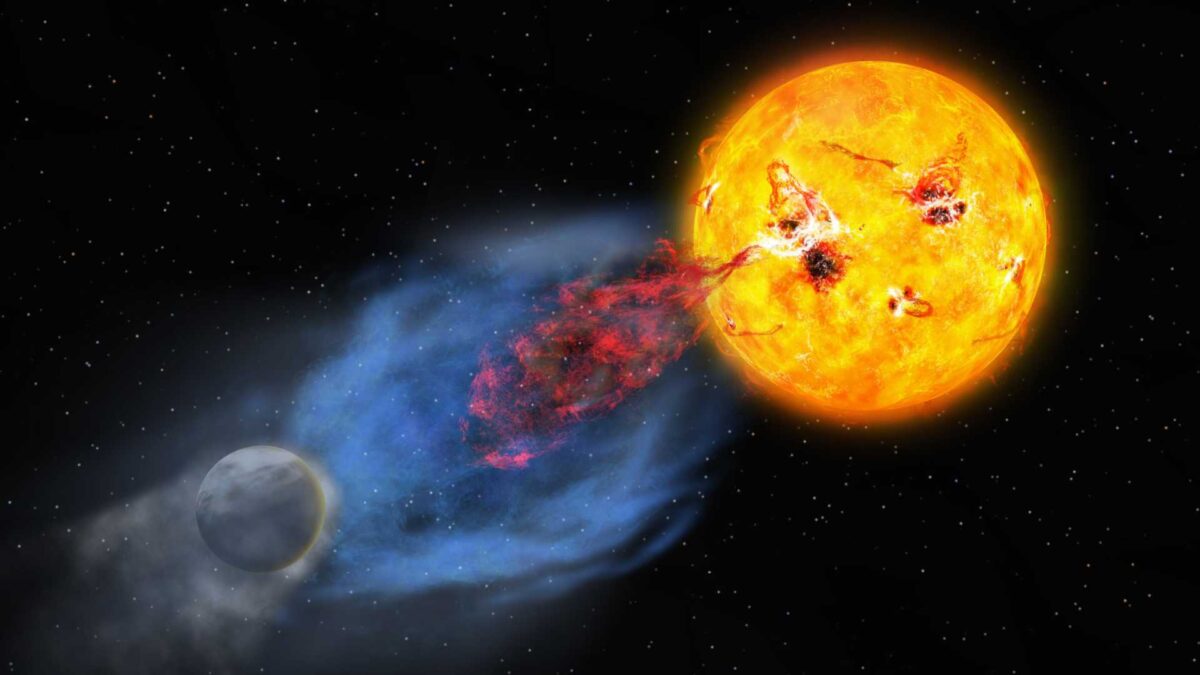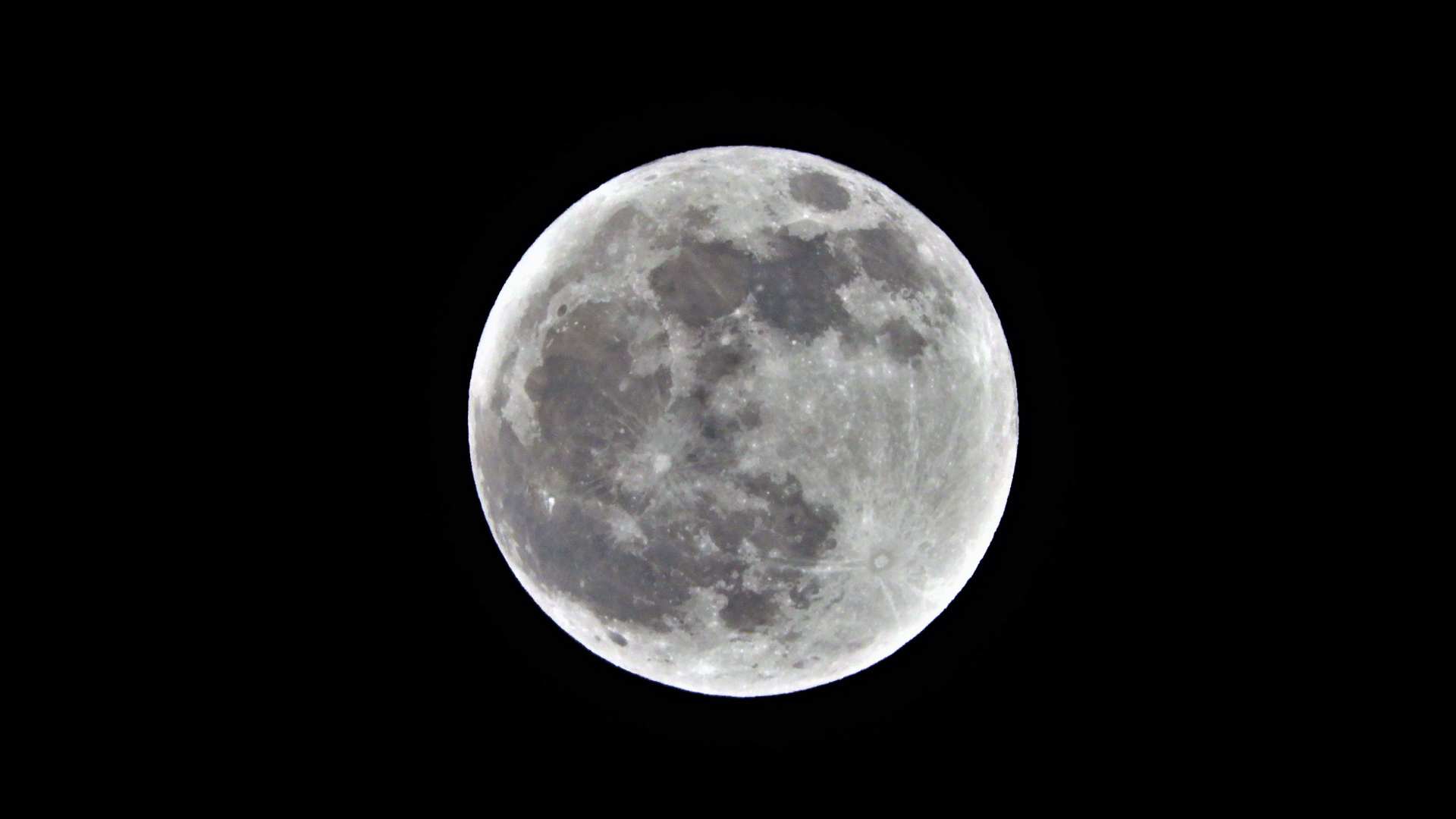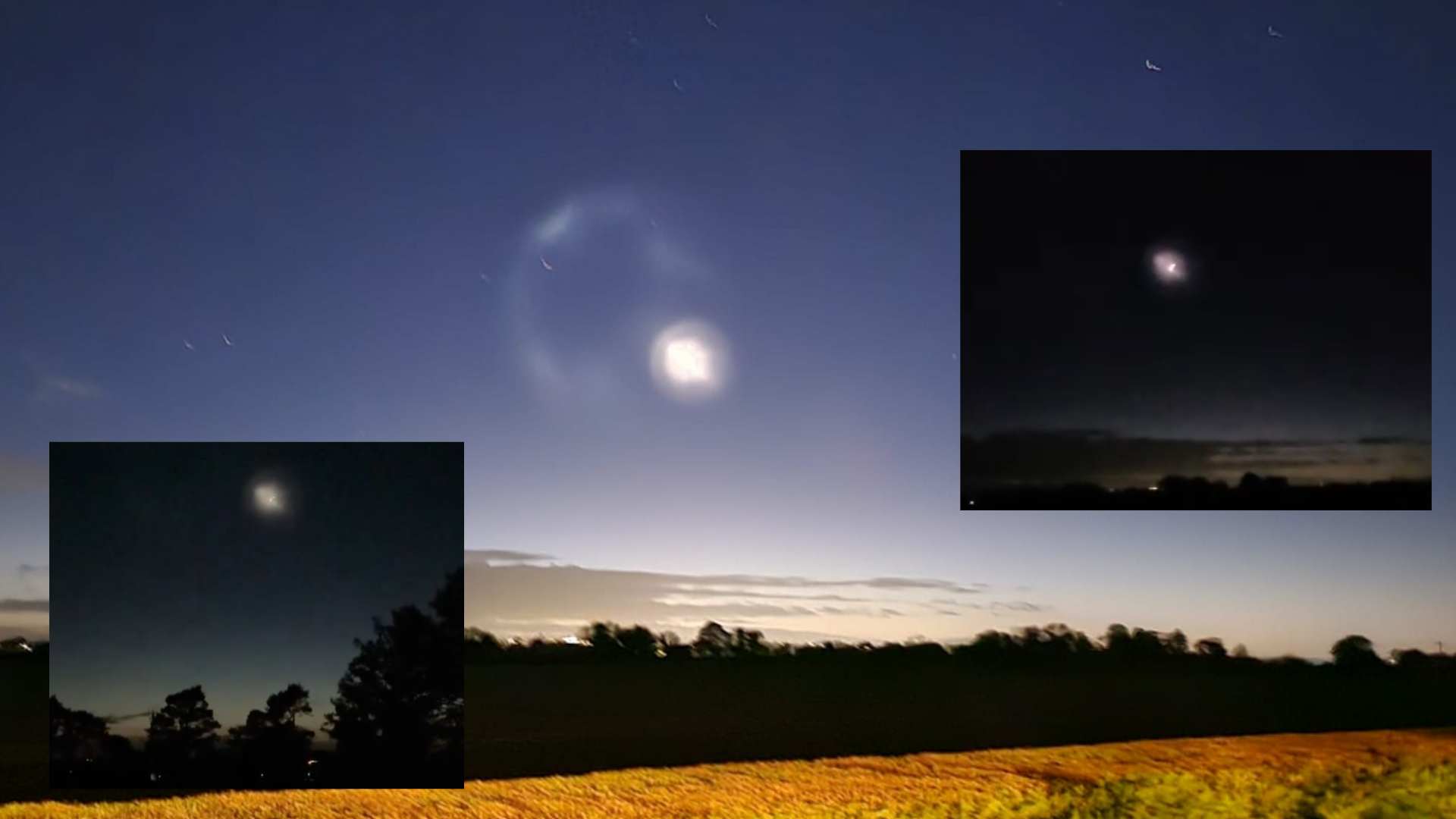
Young Sun Flares May Have Shaped Life on Earth

Billions of years ago, the Sun was far more violent than it is today, scientists say. Powerful eruptions of plasma, known as coronal mass ejections or CMEs, and intense solar flares may have played a key role in shaping the early Earth.
Researchers have long suspected that these young Sun outbursts could have influenced the planet’s atmosphere, chemistry, and even the emergence of life. Now, an international team led by Kosuke Namekata of Kyoto University has provided direct evidence that young Sun-like stars can produce CMEs capable of such effects.
The team studied EK Draconis, a young star similar to the early Sun, using a combination of the Hubble Space Telescope and ground-based telescopes in Japan and Korea. By observing both hot ultraviolet plasma and cooler optical emissions, the researchers were able to capture a multi-temperature ejection in real time. Hot plasma of around 100,000 degrees Kelvin was expelled at speeds of 300 to 550 kilometres per second, followed ten minutes later by cooler gas at 10,000 degrees moving at 70 kilometres per second.

The energetic hot plasma carried enough force to drive shocks and particles that could erode or chemically alter early planetary atmospheres. The study suggests that frequent strong CMEs may have contributed to the formation of biomolecules and greenhouse gases, setting the stage for life to develop.
Namekata said the research sheds light on a long-standing mystery. “We wanted to understand how the young Sun’s violent activity influenced the nascent Earth,” he said.
The findings highlight the critical role of stellar activity in shaping planetary environments and could also inform the search for habitable planets around other stars.
The study, Discovery of multi-temperature coronal mass ejection signatures from a young solar analogue, was published in Nature Astronomy on 27 October 2025.
Share this WeathÉire story:







